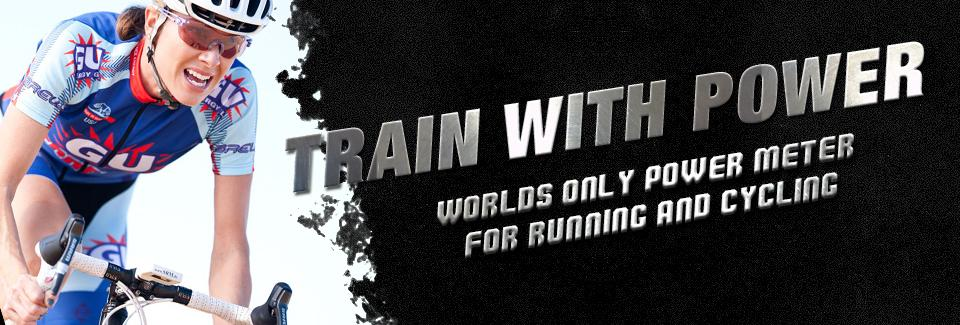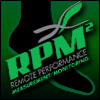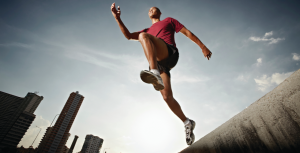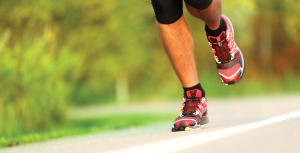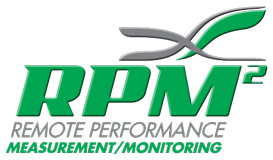As CEO and inventor of RPM2, Johnny Ross is passionate about improving athletic performance. A former varsity 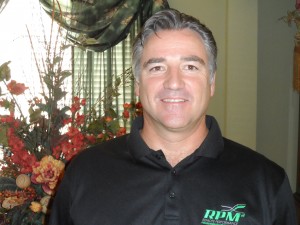 baseball player for Texas Tech University, Mr. Ross holds a Bachelor’s degree in Political Science and a Master of Public Administration in Government and Business Relations. Drawing on his experience as a former medical equipment executive and his personal experience with post-injury rehabilitation and performance, Mr. Ross aspired to improve the way by which athletic performance is monitored with the revolutionary RPM2 system.
baseball player for Texas Tech University, Mr. Ross holds a Bachelor’s degree in Political Science and a Master of Public Administration in Government and Business Relations. Drawing on his experience as a former medical equipment executive and his personal experience with post-injury rehabilitation and performance, Mr. Ross aspired to improve the way by which athletic performance is monitored with the revolutionary RPM2 system.
How a Knee Injury Laid the Groundwork for Developing RPM2
After undergoing reconstructive knee surgery and conducting physical rehabilitation, Johnny Ross saw room for improvement in the way that range of motion, weight distribution, and performance tracking are monitored by physical therapists. Physical therapists typically rely on a patient’s answers regarding post-surgery exercises and personal opinion of their progress. When asked what lead Mr. Ross to address bi-lateral deficits and improve the way performance is monitored, he stated:
“Research shows that most patients are not compliant with home exercise therapy, and thus; outcomes are affected. The afore mentioned reasons are why I developed this technology. Additionally, my research showed that the medical community recognizes the need to do bi-lateral leg exercises when rehabilitating a limb. This is why our system looks at legs bi-laterally.”
To effectively measure performance, Mr. Ross developed prototypes with advanced sensors to measure gait, weight distribution, and ultimately, developed the patented technology to reveal bi-lateral deficits. Based on research, Mr. Ross found that his invention would be beneficial to athletes—especially runners and cyclists—in achieving bi-lateral equivalence and thus improving athletic performance.
What Makes RPM2 Unique?
The RPM2 system is unique because it measures and monitors performance remotely while producing data related to a variety of mechanical movements simultaneously. According to Mr. Ross, “RPM2 is different from anything on the market because we look at particular mechanical movements to ascertain bi-lateral equivalency. Other products have used pedometers to count steps and cadence, but cannot measure range of motion and pressure simultaneously.”
Within the next six weeks, the system will be upgraded (with free upgrades to existing customers) to feature enhanced gait analysis monitoring that will measure step time, ground contact time, and flight time along with determining whether an athlete is mid-foot or heel striker, and the amount of force used to push off from the ball of the foot.

